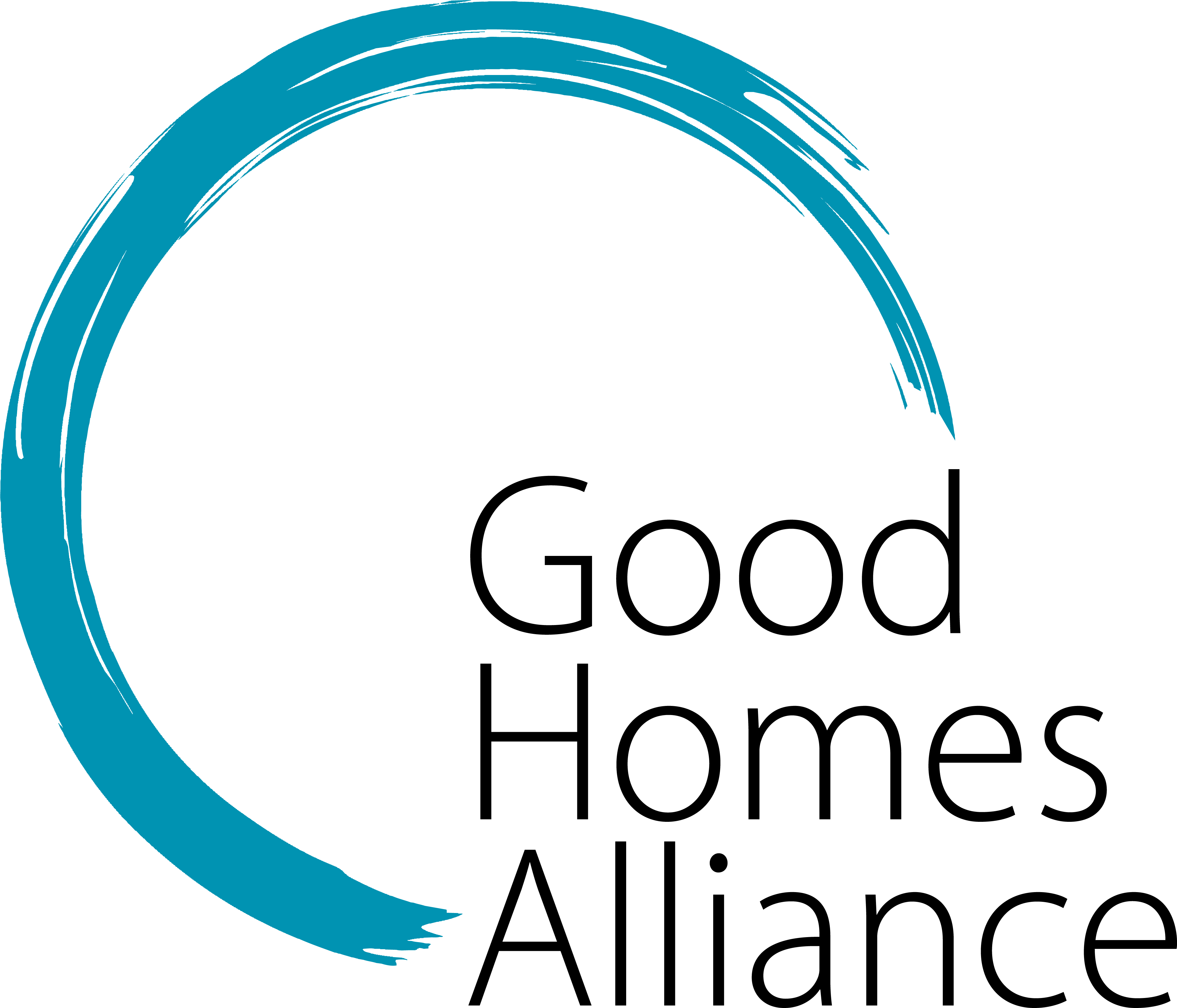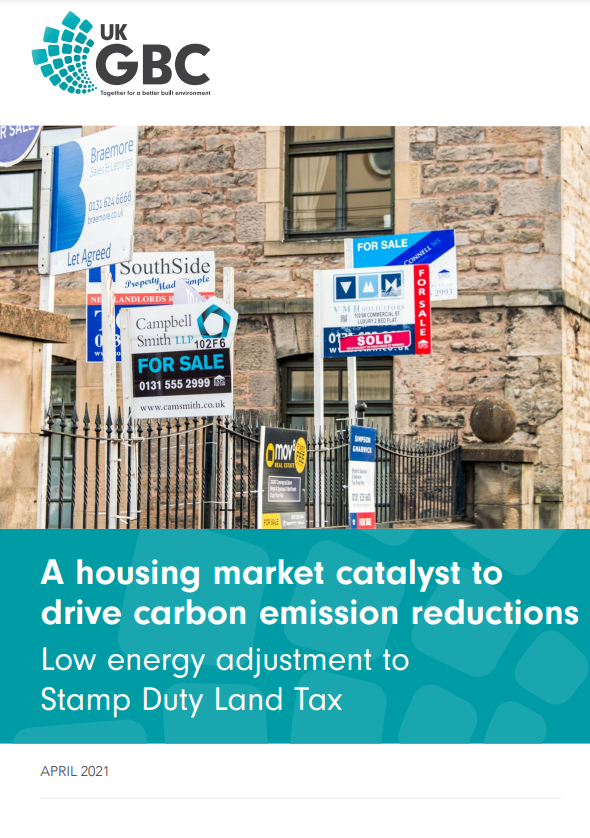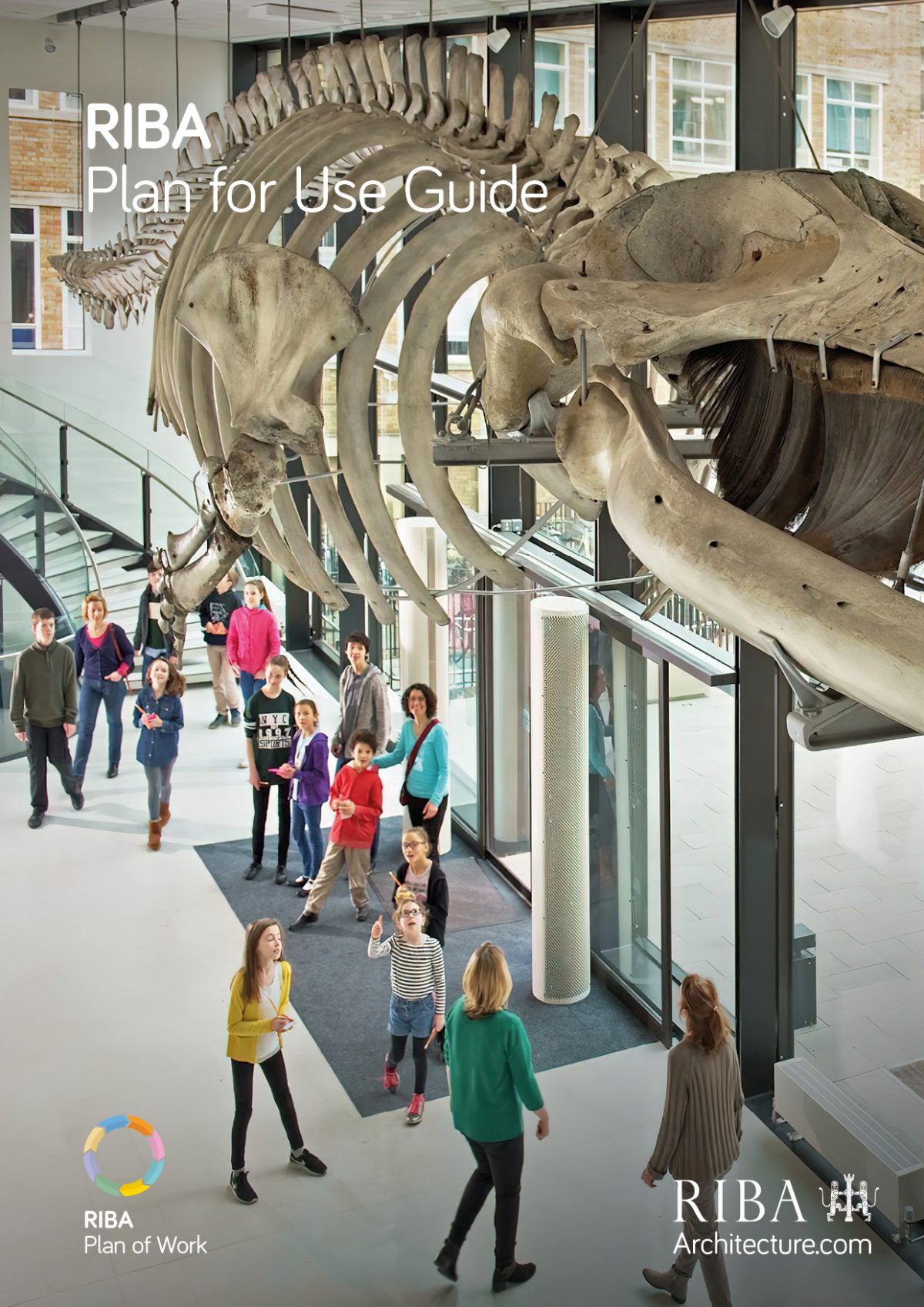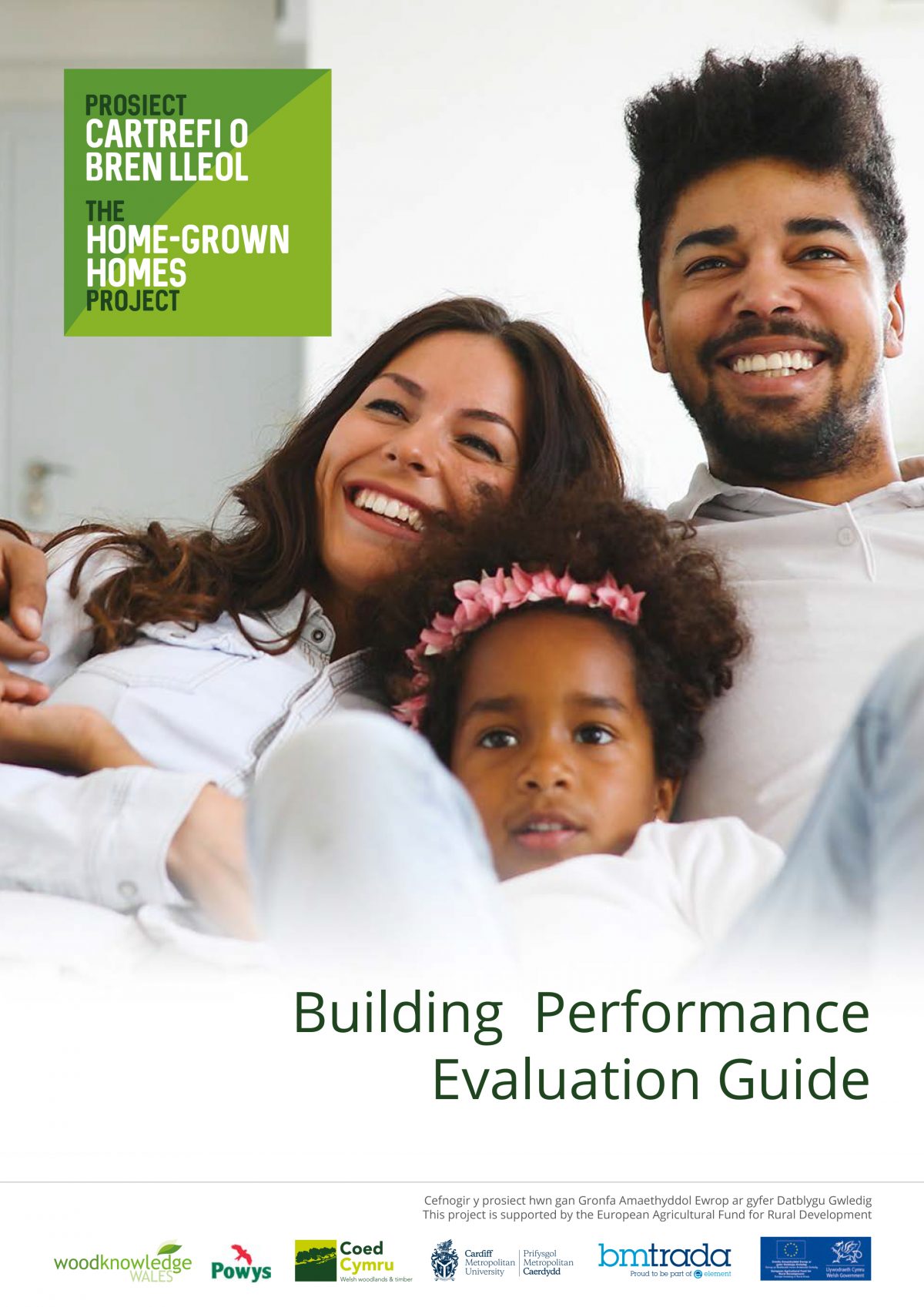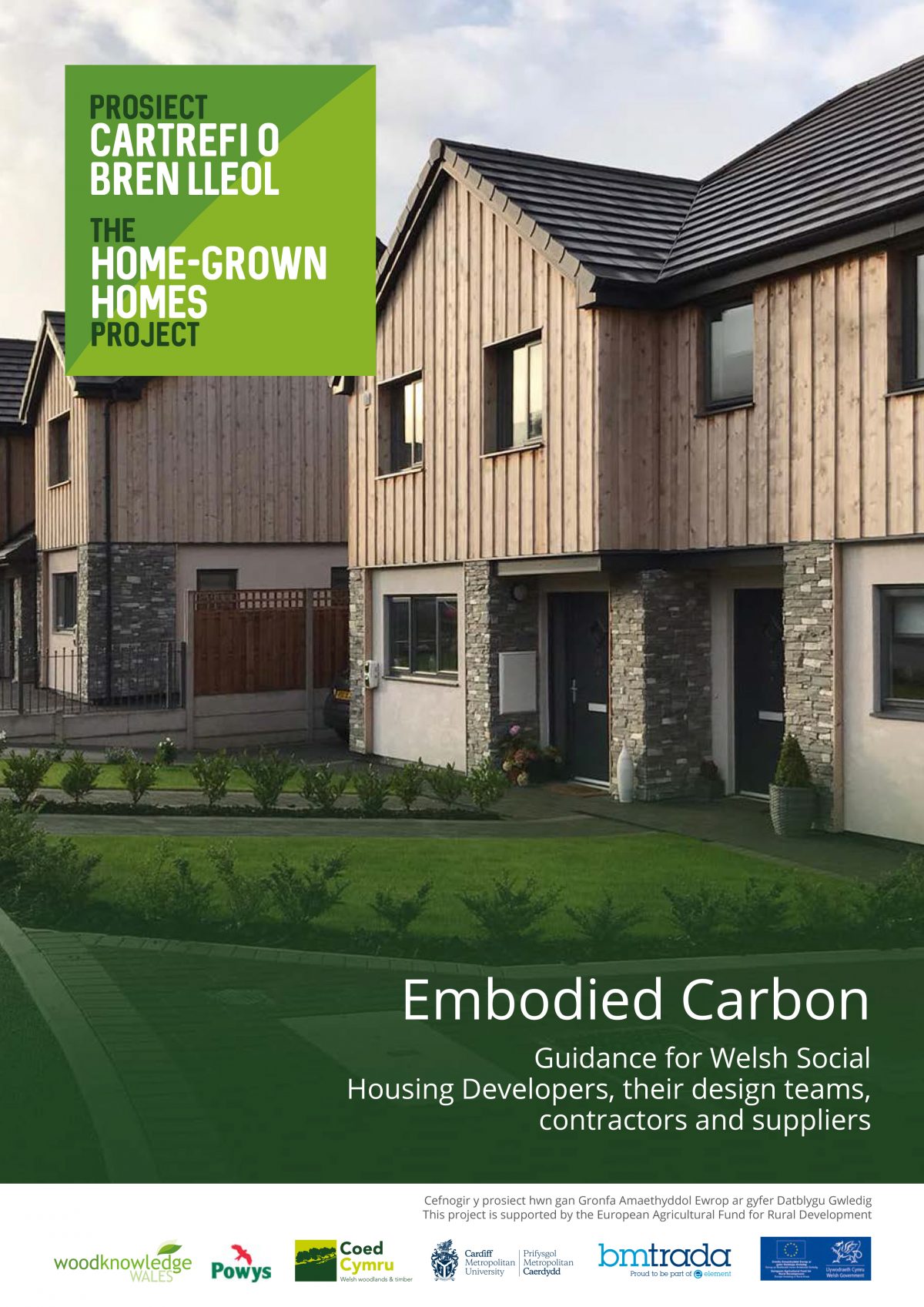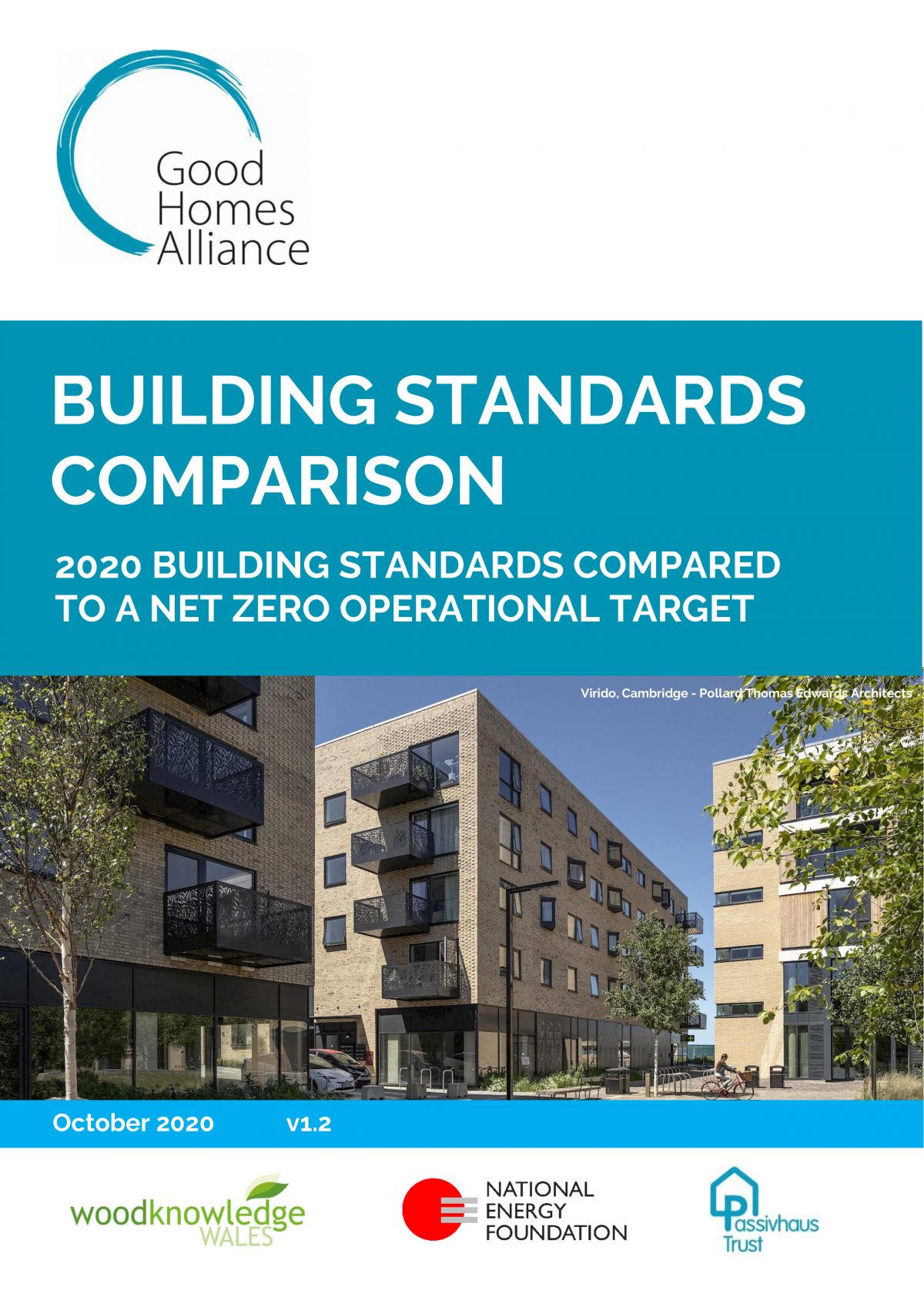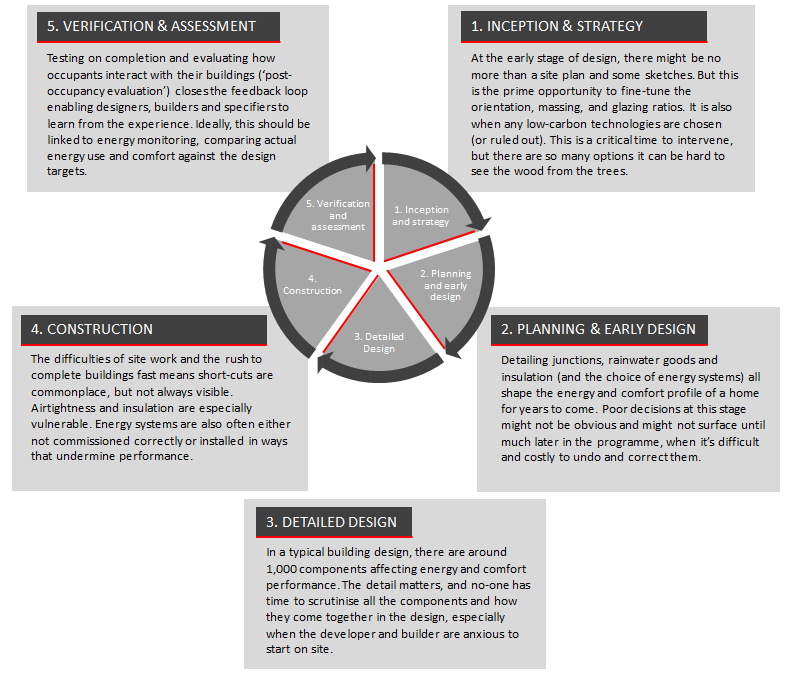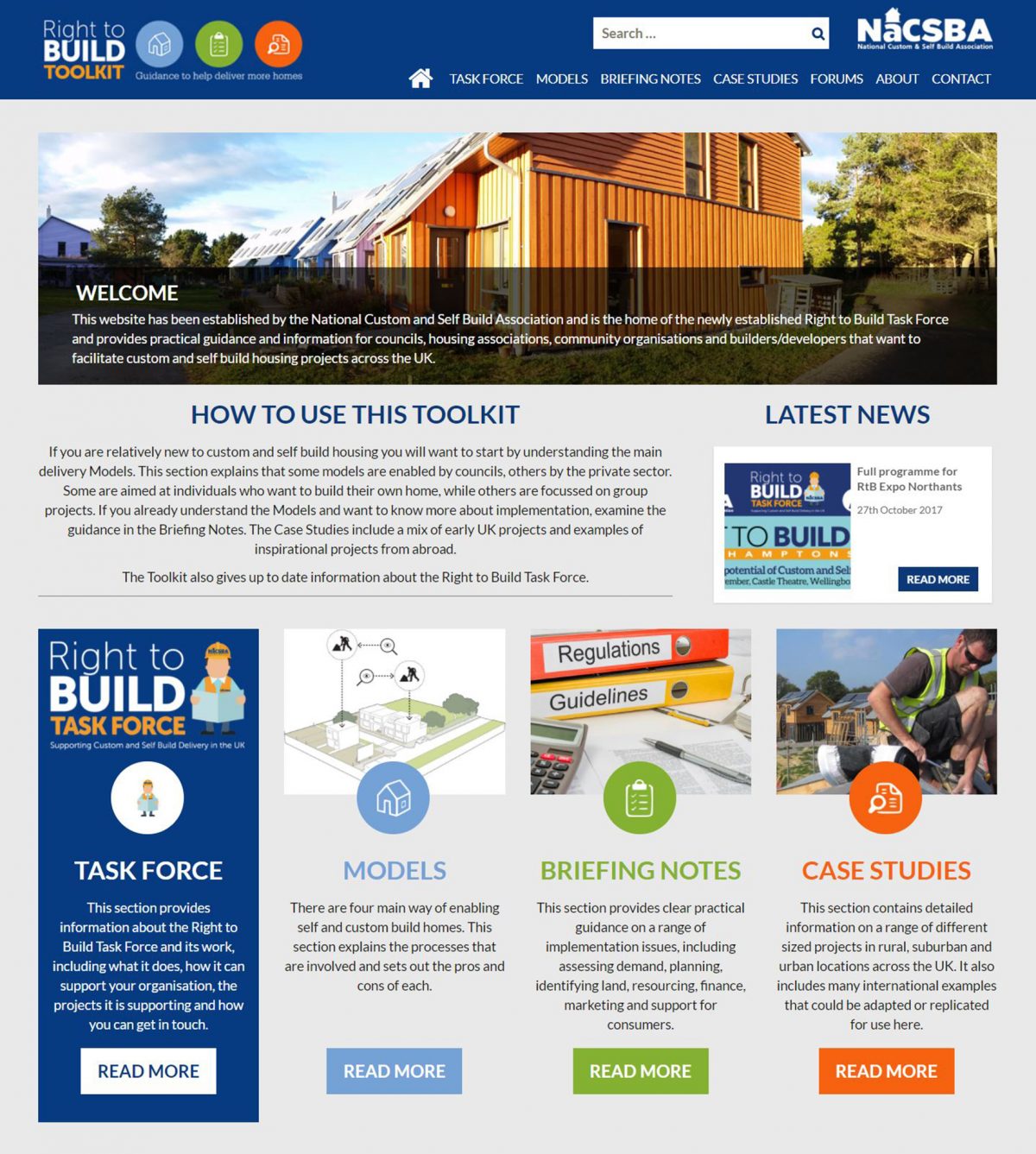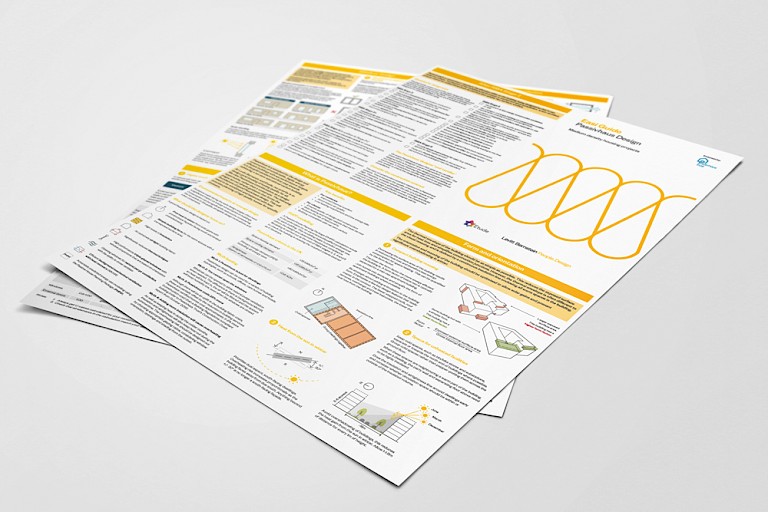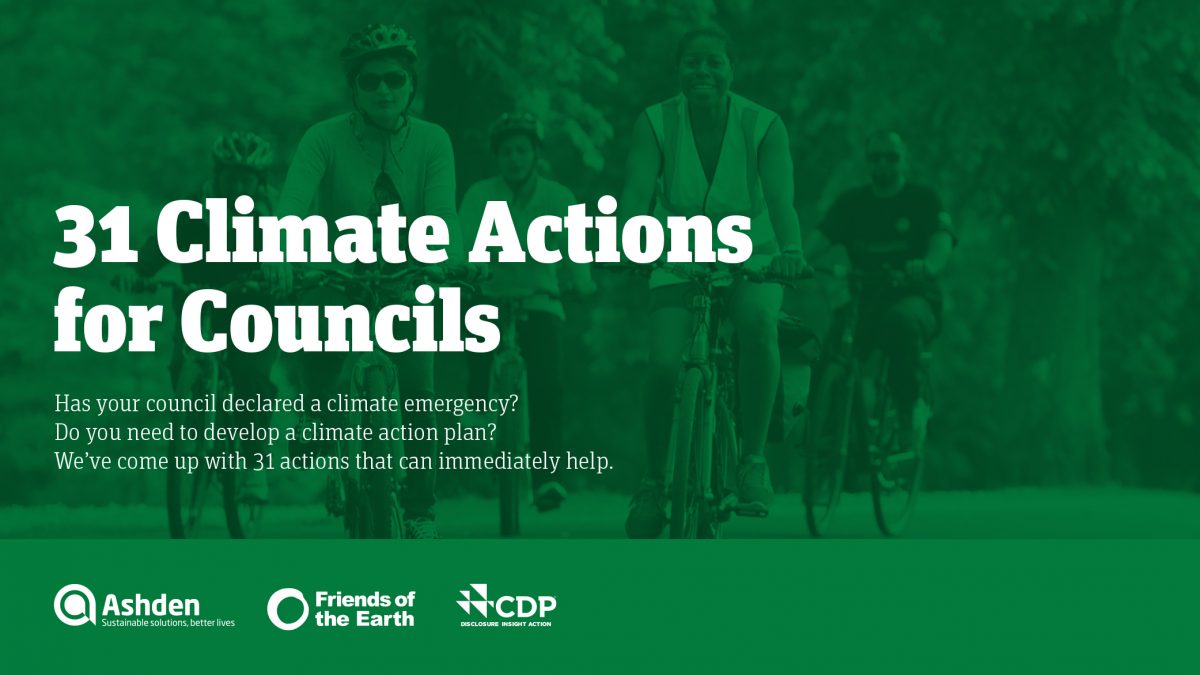The UK Green Building Council (UKGBC) published a new report, entitled A housing market catalyst to drive carbon emission reductions Low energy adjustment to Stamp Duty Land Tax, showing how a stamp duty incentive could help transform the energy and carbon performance of the nation’s homes.
The report demonstrates how a modest adjustment to Stamp Duty Land Tax could catalyse and drive the market to deliver both energy efficiency improvements and low carbon heat and power, whilst also being revenue neutral to HM Treasury.
Author: David Adams, Director, Good Homes Alliance
Concept development, review and testing
Jenny Holland, UKGBC
Pedro Guertler, E3G
Nick Eyre, Oxford University Professor of Energy & Climate Policy
Lynne Sullivan, Good Homes Alliance
Mike Roberts, Good Homes Alliance
Steven Heath, Knauf Insulation
Publication date: April 2021
